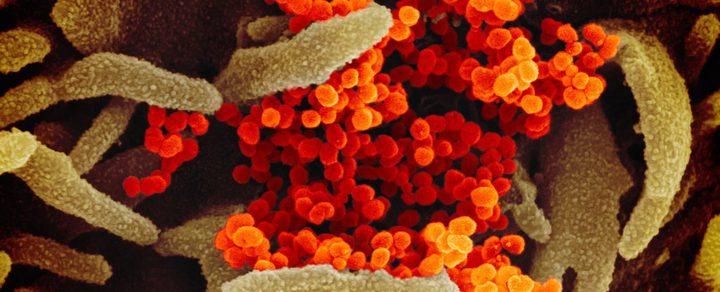An-Najah News - Scientists discovered which kinds of cells in the human body may be most susceptible to infection by the SARS-CoV-2 virus,during the original SARS epidemic in the early 2000s, researchers found that the virus responsible, officially designated SARS-CoV, infects cells with the help of two proteins: a receptor called angiotensin-converting enzyme 2 (ACE2), which helps the virus bind to cells, and an enzyme called Type II transmembrane serine protease (TMPRSS2), which mediates the infection of the cell.
In a huge, multi-institutional effort involving dozens of scientists, researchers combed through multiple RNA-sequencing datasets, compiling information for thousands of different kinds of cells in humans, non-human primates, and mice.
In particular, the team were looking for gene expression patterns for hundreds of cell types in the lungs, nasal passages, and intestine – areas of the body that we know can harbour SARS-CoV-2.
Ultimately, the analysis revealed that only a small minority of human respiratory and intestinal cells have genes that express both ACE2 and TMPRSS2.
Three main cell types were identified: lung cells called type II pneumocytes (which help maintain air sacs, known as alveoli); intestinal cells called enterocytes, which help the body absorb nutrients; and goblet cells in the nasal passage, which secrete mucus.
Among the new results, the team also made a puzzling discovery. A family of immune proteins called interferons, which usually help the body to fight off infections, turns out to stimulate the ACE2 gene that produces the ACE2 protein.






